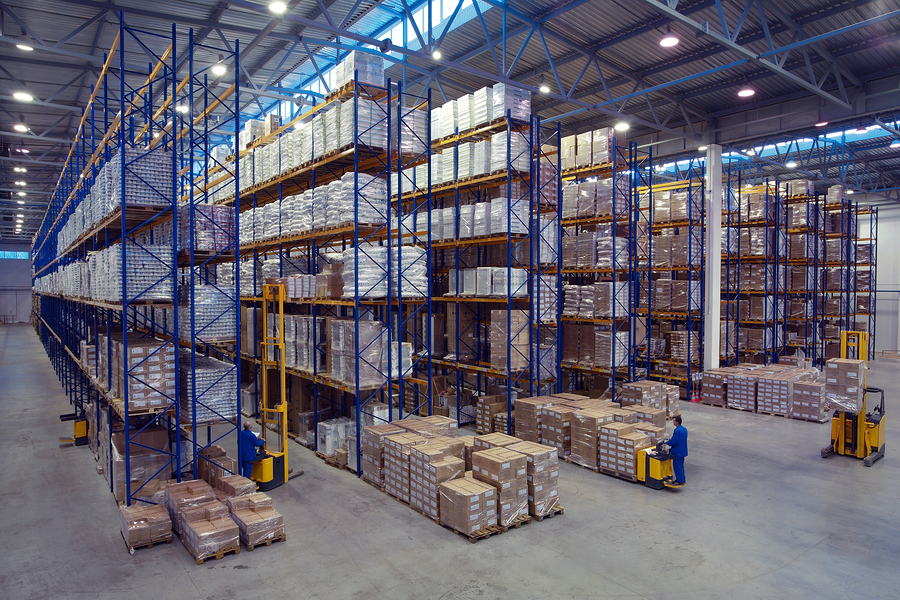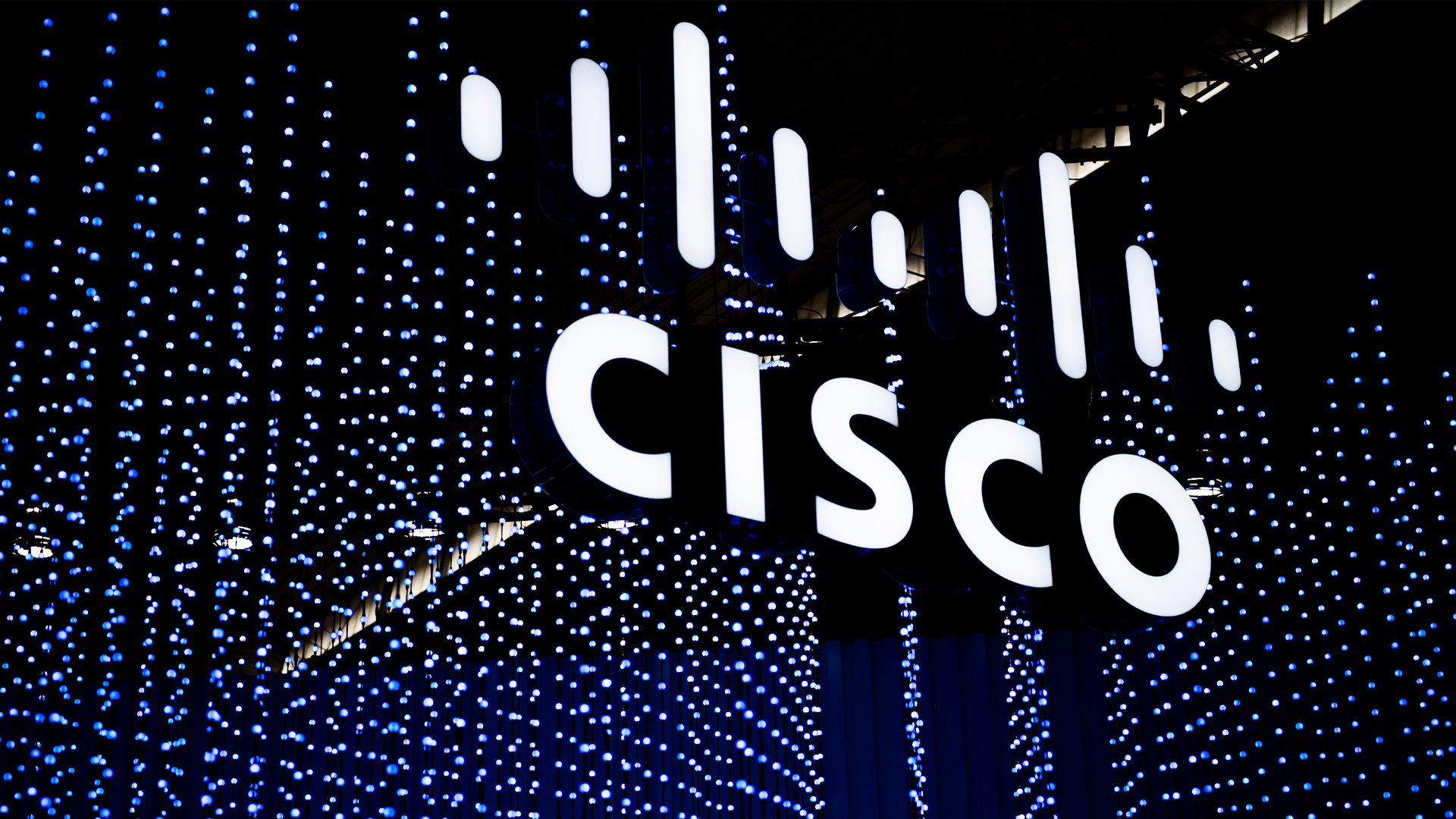AI poses an 'existential threat to traditional distribution models'
Thanks to emerging tech, brands are questioning the value distributors add to their supply chains

There was a time when most manufacturers were dependent on their distributors to bring products to market in different countries around the world.
The distributors had the local expertise and contacts to secure shelf-space in retailer stores. They had energetic sales teams to regularly make calls on the buyers, to keep an eye on product presentation in-store and to negotiate prices across the seasons. Just as crucial, they had the contracts with warehouses and logistics companies to move stock around the country and process returns and recalls.
Within the European Union, this was seen by Brussels as key to encourage the integration of the Single Market. Product from any member state should be easily available in any other member state. More importantly, SME manufacturers should be able to compete against global brands that had their own distribution and marketing infrastructure across Europe.
There was, however, a basic tension which arose: distributors wanted exclusive rights to their territories and this went against the grain of EU competition law. So, a deal was struck and the EU permitted exclusive territories, under the conditions that there is no down-stream price maintenance and there's no restriction on any distributor making passive sales.
This meant that the supply chain was prohibited from conspiring to set the minimum price charged by retailers for the products. What's more, if a customer in any member state made a point of contacting a distributor elsewhere in the EU, that distributor was also free to make a sale, even if the customer was located in someone else's exclusive territory.
This was fairly straightforward in principle, particularly back when only a few companies saw themselves as internet businesses. It was difficult for buyers to even identify distributors outside their own member state, let alone figure out if that distributor was offering a more attractive price.
Twenty years ago distributors and logistics companies were busily integrating their own operations to drive down costs, applying Just-In-Time methodologies and devising sophisticated algorithms to manage stock levels. So, there was often little incentive for buyers to look beyond their national distributor.
Stay up to date with the latest Channel industry news and analysis with our twice-weekly newsletter
And then, eight years ago things changed, and that change has begun to accelerate.
As business around the world began to move online, and brand owners began advertising their products through their own websites, the EU updated its rules with the 2010 Block Exemption, which sets out the restrictions that most SME distribution deals were permitted to adopt. For present purposes, the key change was that any sale made via a website was to be treated as a passive sale provided only that the website wasn't directed specifically at customers in another distributor's exclusive territory.
This quickly proved to be analogue thinking. Search engines, price comparison websites, online marketplaces (often with automated translation) soon saw the opportunity and made it easy for consumers, initially, and then retail buyers, to identify where they could source product in other member states at reduced prices. The price differentials across Europe, even allowing for additional shipping costs, began to unravel the very idea of any distributor having a meaningful exclusivity within a single member state.
Driving down retail prices and encouraging more cross-border trade was exactly what the EU wanted to achieve, and distributors and brand owners entered a period of hard negotiation on the wholesale prices between them as well as on how best to market nationally in a digital age.
But technology moves a thousand times faster than the law and recent developments are posing an existential threat to traditional distribution models, which reaches far beyond the dissolution of exclusive territories.
Those sophisticated algorithms adopted twenty years ago were the tools of very smart and highly experienced logistics managers. And those guys are still very much around but, with the advent of artificial intelligence (or, perhaps just even-more-sophisticated algorithms), the tools are starting to do much of the thinking, planning and even ordering. This has enabled the logisticians to spend more time re-designing the fundamental architecture of product distribution.
At the same time, new business models have delivered additional options to the logisticians. Warehouse-as-a-service marketplaces, where companies can trade spare capacity on their own premises with each other, allow established depots to be circumvented. Automated picking enables stock to be held at super-hubs for multiple retailers and territories and allocated between them rapidly based on actual and forecast changes in demand.
The forecasts themselves are becoming better as AI is able to draw on multiple data sources, including traffic and weather forecasts and political and economic news reports. The gig economy, particularly for doorstep deliveries managed via apps on smartphones, has helped make direct-to-consumer sales economic.
The upshot is that brand owners are beginning to re-assess the value added to the supply chain by distributors. As manufacturers, they can now more easily communicate and trade directly with retailers and consumers who increasingly expect to pay the best price available anywhere in Europe. They can see live streams of how their products are presented in-store and receive sales performance updates directly from the retailers' inventory management systems. Their own website and social media advertising are replacing traditional advertising and promotion activities, previously handled by the distributors.
As we've seen in so many other sectors, the underlying mechanics of distribution are moving out of the direct management of individuals and being given over to AI. Flexible and responsive logistics and delivery services are enabling existing infrastructure capacity to be optimised. All of which drives down costs and reduces waste, over-stocking and carbon emissions.
With social media leading the way in marketing and brand positioning (and Brexit aside), it might only be the most innovative distributors who'll be around to argue about the Block Exemption when it's up for renewal in 2020.
Mark O'Halloran is partner and head of commercial services at Coffin Mew
-
 AI is transforming storage, and creating new opportunities for channel partners
AI is transforming storage, and creating new opportunities for channel partnersIndustry Insights AI will have a profound impact on storage and channel partner growth
-
 Microsoft issues warning over “opportunistic” cyber criminals targeting big business
Microsoft issues warning over “opportunistic” cyber criminals targeting big businessNews Microsoft has called on governments to do more to support organizations
-
 Cisco names Oliver Tuszik as global sales chief
Cisco names Oliver Tuszik as global sales chiefNews Cisco has announced the appointment of Oliver Tuszik as its new executive vice president of global sales, who replaces Gary Steele.
-
 Selling on outcomes, not solutions – how the channel can improve sales success in 2025
Selling on outcomes, not solutions – how the channel can improve sales success in 2025Industry Insights The traditional solutions-led approach to channel sales needs to be adapted – here’s how
-
 Wasabi Technologies promotes Jon Howes to SVP of global sales
Wasabi Technologies promotes Jon Howes to SVP of global salesNews The industry veteran will lead the cloud storage firm’s global sales operations as it looks to further growth
-
 Why technology resellers are essential to UK government
Why technology resellers are essential to UK governmentIndustry Insights Technology resellers can play a pivotal role in supporting public sector digital transformation
-
 How the channel can maximize market opportunities for business growth
How the channel can maximize market opportunities for business growthIndustry Insights Adapting to emerging technology trends, fostering closer client relationships, and building a strong online presence will be key to maximizing channel growth
-
 Understanding the customer journey is key to building stronger client relationships
Understanding the customer journey is key to building stronger client relationshipsIndustry Insights Understanding the complexities of the modern customer journey will be key to fostering robust, long-term relationships with clients
-
 Building channel resilience in 2023 and beyond
Building channel resilience in 2023 and beyondIndustry Insights Building a resilient, robust channel ecosystem could be key to weathering current economic trends
-
 Veritas bolsters partner program with new incentives and rewards
Veritas bolsters partner program with new incentives and rewardsNews A simplified channel platform process will enable partners to focus on their core strengths in FY24, the company says